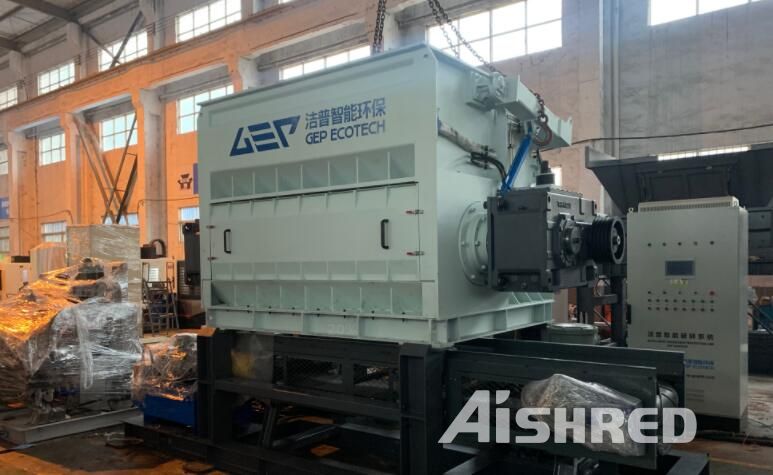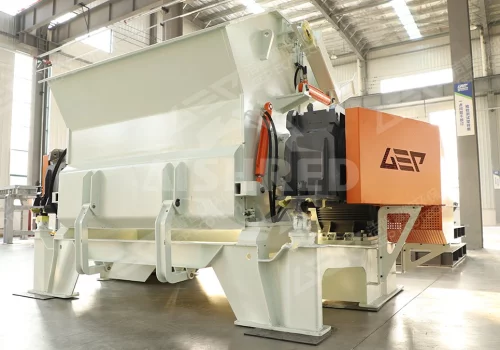In a world increasingly focused on sustainable practices, the efficient recycling of wood waste, particularly wood pallets, is a critical concern. GEP ECOTECH's industrial wood pallet shredders offer a robust and efficient solution to this challenge, transforming wood waste into valuable resources.
The Growing Need for Wood Waste Recycling
With the scarcity of raw materials becoming a significant issue, the recycling of wood waste, including pallets, boxes, and furniture remnants, has gained importance. GEP ECOTECH recognizes this need and offers specialized shredding solutions.

Shredding Challenges and Solutions
Traditional twin-shaft shredders often produce chips that retain hardware, making complete separation difficult. GEP ECOTECH addresses this with two innovative solutions:
- Single-Shaft Shredder with Hydraulic Pusher: This option provides a finer fraction and operates automatically with advanced controls. Although more expensive, it offers a favorable price-performance ratio.
- Hammer Shredder with Conveyors and Magnetic Separator: Designed for wood raw materials, this resembles a drum chipper but uses hammers instead of knives for effective shredding.
GEP ECOTECH's Commitment to Excellence: Our wood pallet shredders are not just machinery; they are a testament to GEP ECOTECH's commitment to delivering tailored, environmentally-friendly solutions. We offer specialized offerings, expeditious reactions, comprehensive support, and solutions customized to your specific needs.
With GEP ECOTECH's industrial wood pallet shredders, industries can now approach wood waste recycling with greater efficiency and environmental responsibility, transforming waste into valuable resources.


